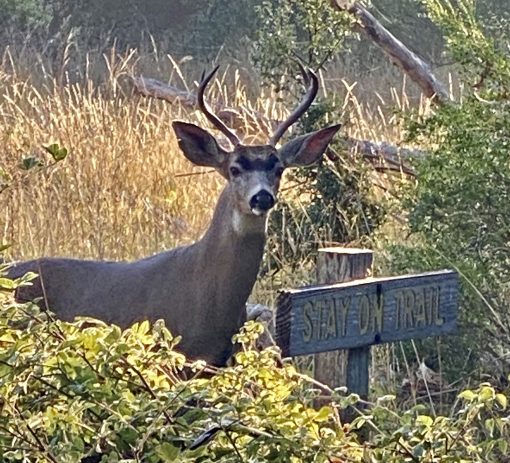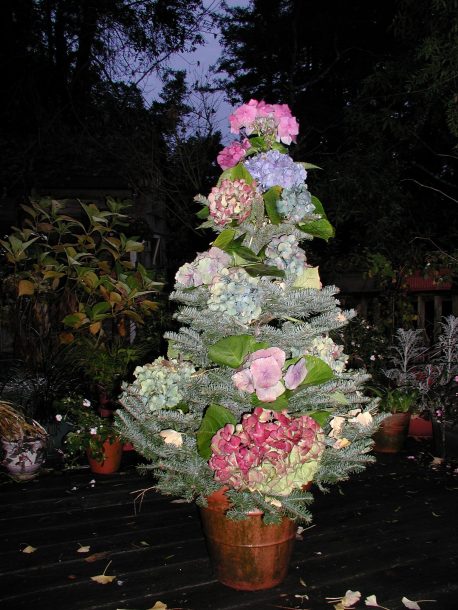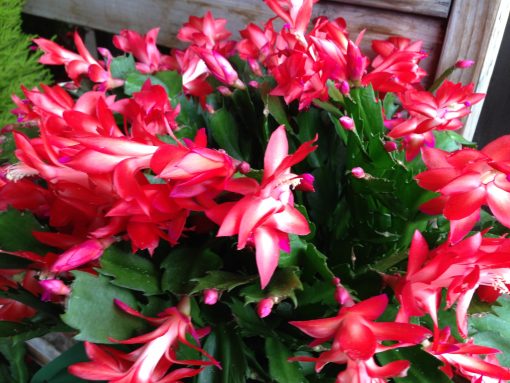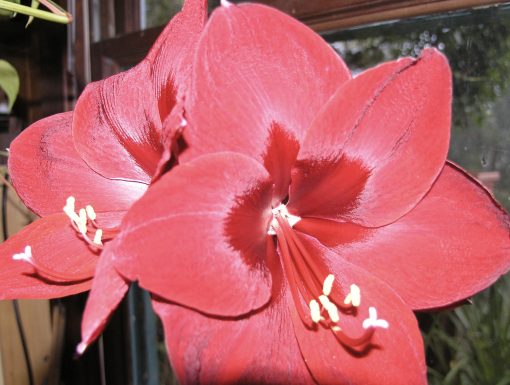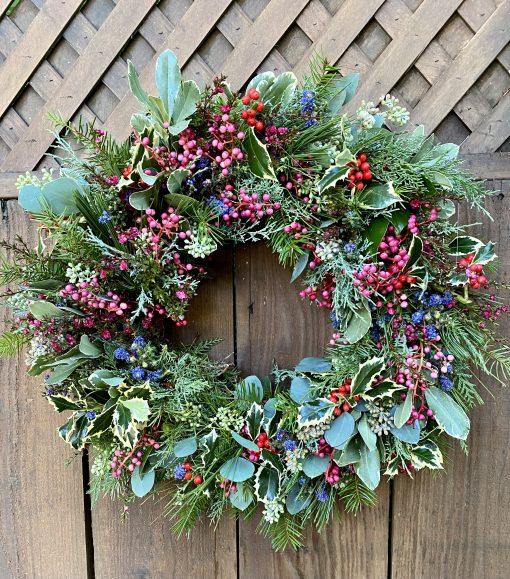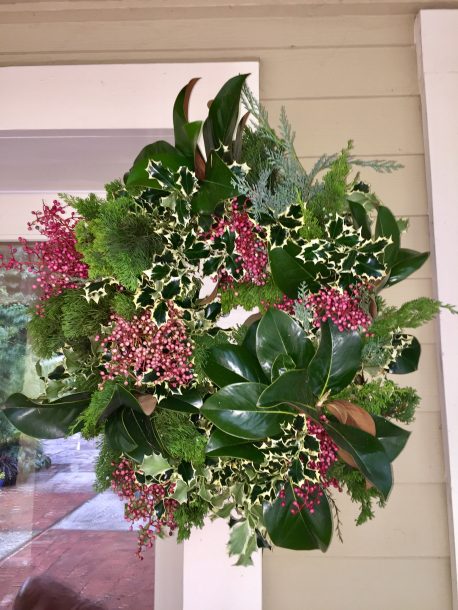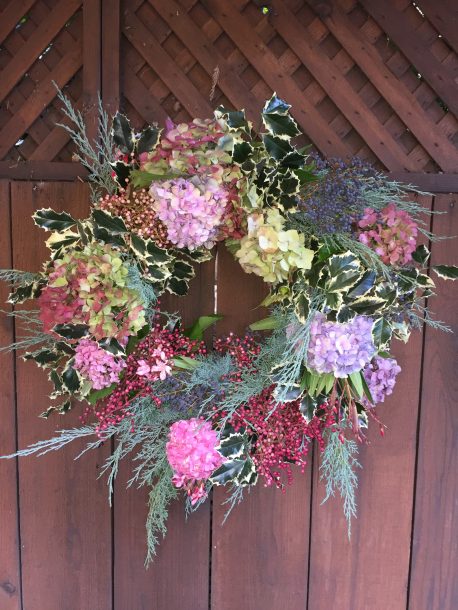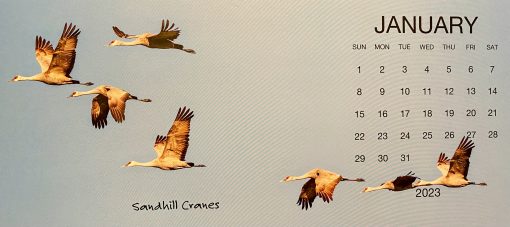
Friends of mine give me a calendar each year showcasing the birds and wildlife they have seen on their many travels. This year my calendar featured Mongolian eagle hunters and Shamans as well as the wild camels and horses that live in this unique region. Each month is a treat as I turn the pages of my favorite calendar. Now with each day getting a longer a new gardening year is upon us. These are some of my thoughts for the New Year.
I did fulfill a few goals I had for last year by adding more pollen-producing flowering plants to attract beneficial insects. They’ll keep the good guys around longer to eat the bad bugs. And I learned what quite a few of the good guys look like. I’m going to count this as two resolutions.
I sat in my garden and enjoyed it- not jumping up to rearrange containers or deadhead. This one was easy.
I accepted a few holes in my plants and walked around the garden regularly to identify if a problem was getting out of control and I needed to break out an organic pesticide.
Gardeners are unique. I can’t imagine any group of people more diverse and feisty and independent than gardeners. . We are connected by nature. We find our deepest satisfaction in coaxing plants from the earth and nurturing their growth. We are pragmatists.
Enjoy your garden. Set realistic goals. After all, who cares if there are a few weeds here and there when you’re sitting under a shade tree next July? Enjoy a beverage of some kind often in your garden. That clean up or transplanting will still be there tomorrow.
Allow some empty places for new plants, transplants or garden art. It makes a garden your own. Add whatever makes you happy and your heart soar when you’re in your garden. Pay attention to the size that a plant will attain. It will save you lots of problems later. Weed often but not when you’re enjoying a beverage.
Dreaming is more than an idle pursuit. It’s good for you and improves the quality of your life over the long haul. We gardeners are eternal optimists. Why else would we plant a tree, a seed or a garden?
New Years resolutions for gardeners should be mere suggestions. Don’t worry if you don’t get to everything you hoped to accomplish. It’s all in the baby steps. Your wish list will serve you well during the cold, wet days of winter even if you don’t get them implemented. Sure planning a landscape that conserves water will benefit the environment and your budget and ordering seeds for the spring garden is great therapy for winter blues but there’s always next year or next month or the summer after next.
Learn something new every day. Whether it’s something new in the garden or elsewhere, keep learning.
I tried to plant more edibles but my growing conditions thwarted me. The Farmer’s Market and generous friends helped fill the gap. Edibles in the garden feed both the body and the soul. More than just vegetables and fruit trees growing food connects us to the earth and to each other.
When you grow something you are being a good steward of the land as you enrich the topsoil using sustainable organic techniques. You connect with neighbors by trading your extra pumpkins for their persimmons. Knowledge of how and what to grow can be exchanged, seeds swapped. Do your best even if you only have a few containers to grow an Early Girl tomato or some Rainbow chard.
Enjoy the simple things. Laugh often. Life is not measured by the breaths we take but by the moments that take our breath away. Everyday is a gift, that’s why we call it the present.
Happy New Year to all of my fellow gardeners from The Mountain Gardener.

